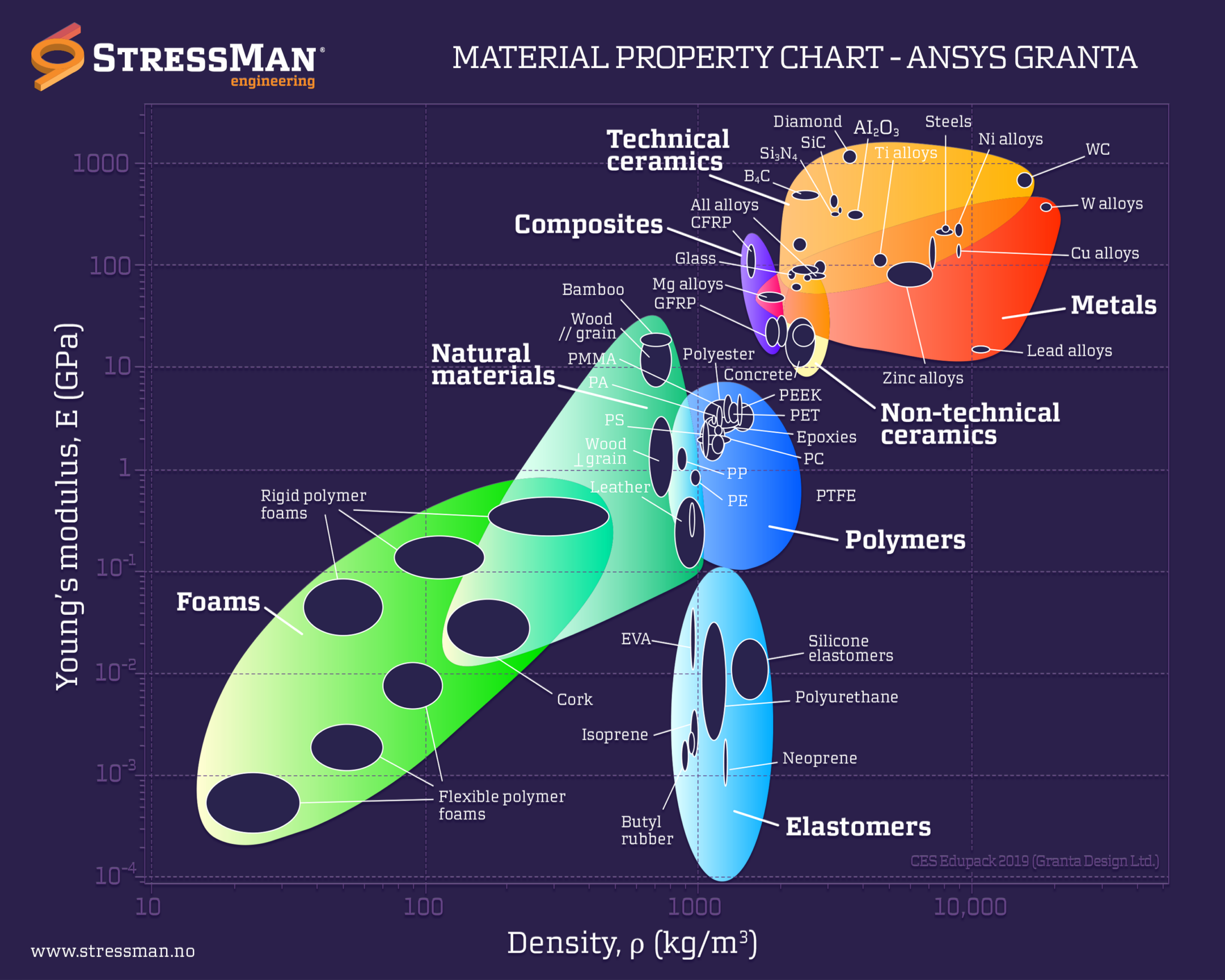When it comes to material properties, Young’s modulus and density are two key factors that engineers and scientists must consider. Young’s modulus is a measure of a material’s stiffness, while density is a measure of how much mass is contained within a given volume. This article will explore the relationship between Young’s modulus and density in level 2 materials.
Level 2 materials have Young’s modulus between 1 and 10 GPa and a density between 500 and 1500 kg/m^3. These materials are commonly used in a variety of applications, from construction materials to aerospace components. Some common examples of level 2 materials include foams, composites, and certain types of plastics.
One interesting aspect of level 2 materials is that there is often an inverse relationship between Young’s modulus and density. That is, as the density of a material decreases, it’s Young’s modulus typically increases. This relationship can be seen in a variety of materials, including foams and composites.
Foams, for example, are typically made up of a low-density polymer matrix with pockets of air or gas dispersed throughout. These pockets of air or gas reduce the overall density of the foam, but also decrease its stiffness. As a result, foams tend to have a lower Young’s modulus than denser materials.
Composites, on the other hand, are made up of two or more combined materials to create a material with unique properties. By combining materials with different densities and Young’s moduli, engineers can create composites with a wide range of stiffness and density values. In general, composites with lower densities tend to have higher Young’s moduli.
It’s important to note, however, that the relationship between Young’s modulus and density is not always straightforward. In some cases, materials with higher densities may have higher Young’s moduli due to their more ordered atomic or molecular structure. Similarly, some materials with lower densities may have lower Young’s moduli due to the presence of defects or irregularities in their structure.
In conclusion, Young’s modulus and density are both important material properties that must be considered when designing components or structures. In level 2 materials, there is often an inverse relationship between these two properties, with lower-density materials typically exhibiting higher Young’s moduli. However, this relationship is not always straightforward and depends on a variety of factors, including the atomic or molecular structure of the material.
Relax, let us handle your stress!

